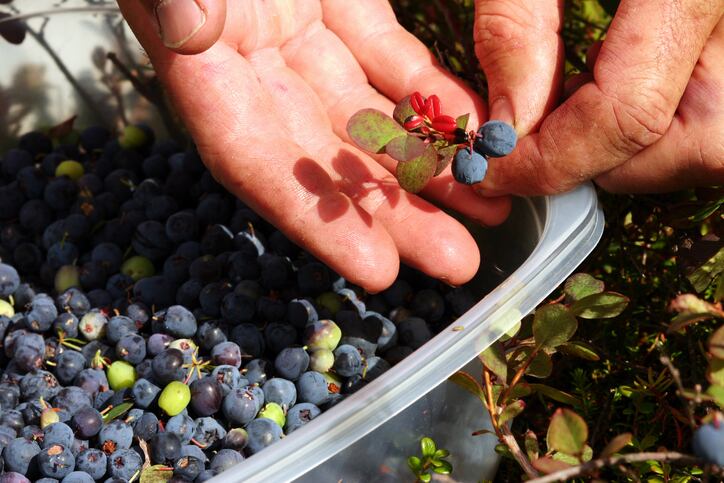The Alaskan Bog Blueberry is a staple of the diet of Alaskan natives and can see as many as 23 hours of sun a day. A research team out of the US, Italy and South Korea, Pambianchi et al, set out to measure the fruit’s extract as a topical treatment for UV and pollution protection.
The berry is rich in polyphenolic compounds, known to protect skin from UV damage. They are also used medicinally in topical and oral formats by indigenous peoples.
“As the bog blueberry thrives in the harsh, unprotected extremes of the arctic ... it reacts to environmental stress by producing a copious and diversified array of ,” Pambiachi et al said. “This abundance of health-protective polyphenolics gives the bog blueberry an unusually high antioxidant and anti-inflammatory potency.”
While bog blueberry has potential as a topical skincare ingredient, there has been a lack of investigation around its ability to prevent cutaneous UV damage, which Pambiachi et al set out to address.
What we know
The research team measured the polyphenolic composition of the berries and the extract’s effect on UV exposure markers like oxinflammation, inflammation and skin barrier-associated proteins.
Skin pretreated in the Alaskan blueberry extract was able to prevent the increase of some types of protein associated with UV exposure and prevented inflammation at 24 hours when applied topically.
The extract appeared to prevent many other processes and reactions associated with photoaging and damage caused by UV exposure. It also appeared to be effective at reducing filaggrin levels, which is associated with chronic inflammation.
What we don’t know
Pambiachi et al said, while their data was promising, the tests were conducted on ex vivo human skin biopsies which were subject to donor variability and don’t have circulation or innervation.
In order to further measure Alaskan blueberry’s antiaging potential, they said the extract needs to be moved into a cosmetic formulation and subjected to pre-clinical testing and clinical studies.
As a fruit high in antioxidants, it could also have other potential benefits which need to be specifically tested for.
“Further work is needed to evaluate the chemical characteristics and properties of Alaskan BB extract as a possible new and natural technology to prevent pollution-induced skin damage,” Pambiachi et al said.
Source: Cosmetics
Cosmetics 2021, 8(4), 112; https://doi.org/10.3390/cosmetics8040112
Title: Alaskan Bog Blueberry (Vaccinium uliginosum) Extract as an Innovative Topical Approach to Prevent UV-Induced Skin Damage

